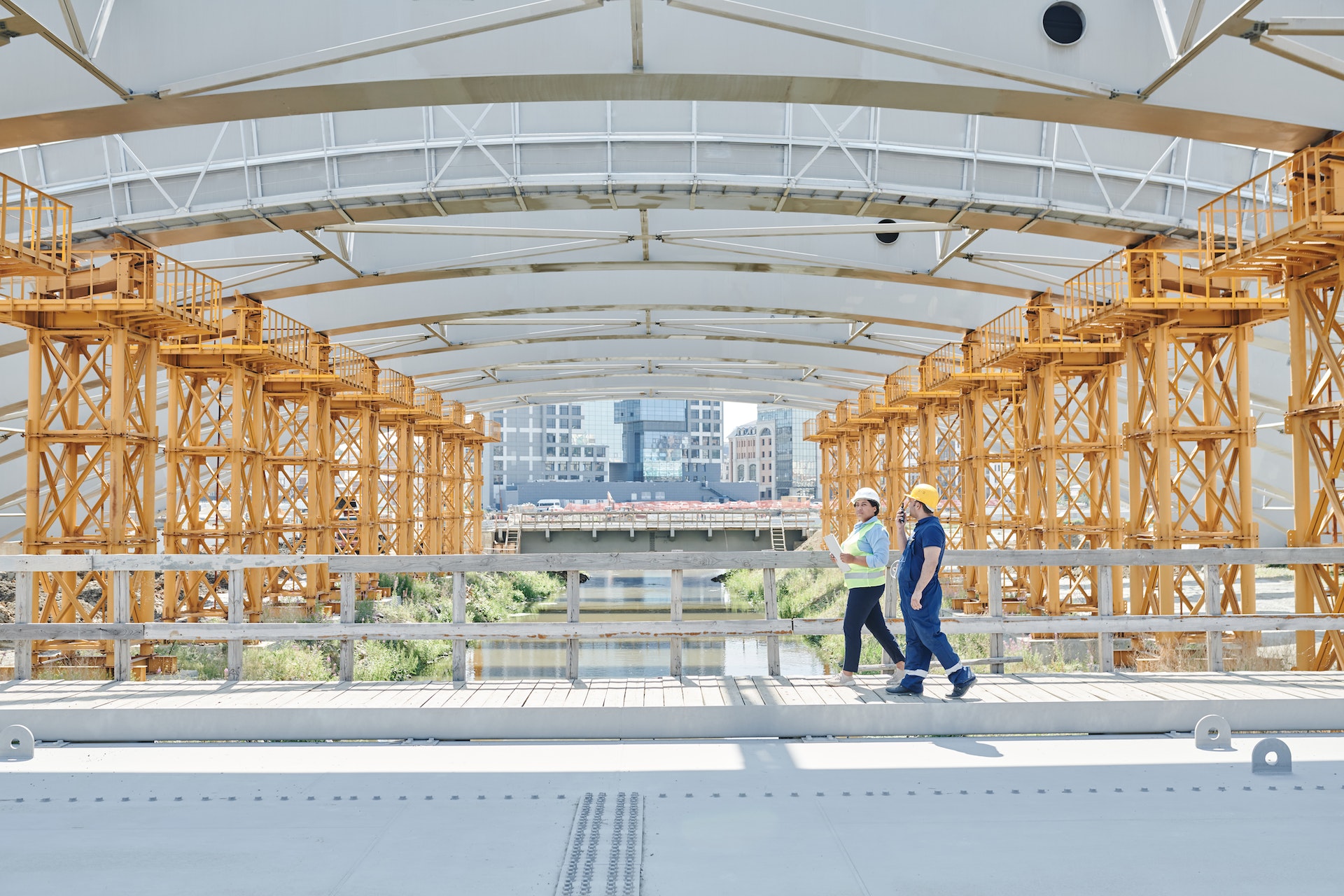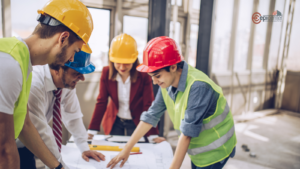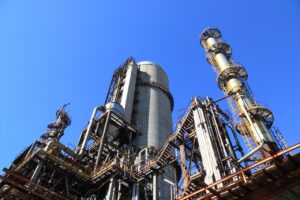Introduction
Industrial structural design is a complex endeavor that demands precision, innovation, and unwavering attention to detail. It’s the backbone of industrial facilities, ensuring their stability, functionality, and safety. In this comprehensive guide, we will delve into the critical considerations that underpin successful industrial structural design. Whether you’re an engineer, architect, or industry professional, these insights will help you navigate the intricate world of designing industrial structures.
1. Load-Bearing Capacity: The Foundation of Design
Load-bearing capacity is the cornerstone of industrial structural design. Before any blueprint takes shape, engineers meticulously calculate the loads that a structure will bear. Considerations include the weight of machinery, equipment, materials, and even environmental factors like snow loads. The structure must be robust enough to handle these forces safely.
2. Material Selection: Strength, Durability, and Sustainability
Choosing the right materials is paramount. Industrial structures must withstand harsh conditions, which means materials must be both strong and durable. Additionally, there’s a growing emphasis on sustainability in construction. Opting for eco-friendly materials not only reduces environmental impact but also enhances the long-term viability of the structure.
3. Seismic Considerations: Building Resilience to Earthquakes
In regions prone to seismic activity, engineers must design industrial structures to be earthquake-resistant. This involves strategic placement of structural elements, the use of seismic-resistant materials, and adherence to seismic codes and standards.
4. Compliance with Regulations: Safety and Legal Requirements
Ensuring compliance with local, national, and international building codes is non-negotiable. Regulations cover a range of safety aspects, including fire safety, structural integrity, and accessibility. Staying up-to-date with these regulations is essential to avoid costly redesigns and legal issues.
5. Environmental Impact: Sustainability and Efficiency
Industrial structural design should also address environmental concerns. Sustainable design practices, such as energy-efficient insulation and renewable energy integration, can reduce the environmental footprint of industrial facilities. Embracing sustainable design not only benefits the planet but can also result in long-term cost savings.
6. Accessibility and Safety Protocols: Protecting Workers and Assets
Industrial structures must prioritize safety and accessibility for workers. This includes designing safe access points, emergency exits, and well-defined escape routes. Protocols for handling hazardous materials, fire safety, and emergency response should be integrated into the design.
7. Future-Proofing: Adapting to Changing Needs
A well-designed industrial structure is adaptable. It should accommodate changes in technology, equipment, and industry practices. Future-proofing your design ensures that the structure remains functional and relevant over time.
Conclusion
Industrial structural design is a multidimensional endeavor that balances functionality, safety, and sustainability. By carefully considering load-bearing capacity, material selection, seismic resilience, regulatory compliance, environmental impact, accessibility, and adaptability, engineers and architects can create structures that stand the test of time. In the ever-evolving industrial landscape, these key considerations form the blueprint for success.



